Introduction
Croton plants, scientifically known as Codiaeum variegatum, are renowned for their vibrant, multi-colored foliage, which makes them a popular choice for indoor and outdoor gardening. However, one of the most common issues faced by Croton owners is sudden or excessive leaf drop. This phenomenon can be alarming, especially for novice gardeners, as it may indicate underlying problems affecting the plant’s health. While Croton plants are relatively resilient, their sensitivity to environmental changes often leads to stress, manifesting in leaf loss. This article delves into the multifaceted reasons behind leaf drop in Croton plants, offering insights into diagnosis, prevention, and remedies. By understanding the interplay of factors such as watering practices, lighting conditions, humidity, pests, and cultural care, plant enthusiasts can restore their Crotons to optimal health and vibrancy.
Inconsistent Watering Practices
Watering is a critical aspect of Croton care, and deviations from their specific needs can trigger leaf drop. These plants thrive in consistently moist soil but are highly susceptible to both overwatering and underwatering.
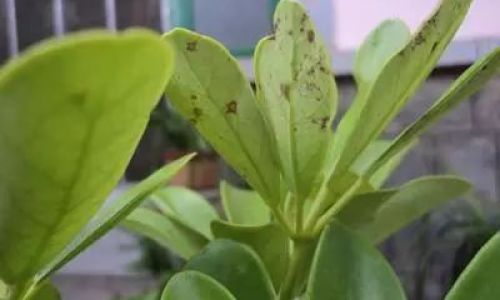
- Overwatering: Excessive moisture in the soil leads to root rot, a fungal disease that impairs the plant’s ability to absorb nutrients and water. Symptoms include yellowing leaves, wilting, and a musty odor from the soil. Over time, roots become mushy and blackened, causing the plant to shed leaves as it struggles to survive.
- Underwatering: Conversely, allowing the soil to dry out completely disrupts the plant’s cellular functions. Leaves may curl, turn brown at the edges, and eventually fall off. Dehydrated Crotons often exhibit a dull appearance, with leaves losing their luster before dropping.
Solutions:
- Maintain a balanced watering schedule. Allow the top inch of soil to dry slightly between waterings, then saturate the soil until water drains from the pot’s base.
- Use well-draining potting mixes containing perlite or orchid bark to prevent waterlogging.
- For severe cases, repot the plant in fresh soil and trim damaged roots.
Inadequate Light Exposure
Crotons are native to tropical regions, where they receive filtered sunlight beneath dense canopies. Replicating these conditions is essential, as improper lighting directly impacts leaf health.
- Low Light Conditions: Insufficient light disrupts photosynthesis, causing leaves to lose their vibrancy and drop. Crotons placed in dimly lit areas may also grow leggy as they stretch toward light sources.
- Direct Sunlight Exposure: While Crotons need bright light, prolonged exposure to harsh, direct sunlight can scorch leaves, leading to brown patches and premature leaf loss.
Solutions:
- Position the plant in a location with bright, indirect sunlight. East- or west-facing windows are ideal, as they provide morning or afternoon sun without intense midday rays.
- Rotate the plant weekly to ensure even light distribution and prevent lopsided growth.
- Use sheer curtains to diffuse sunlight if placing the Croton near a south-facing window.
Temperature Fluctuations and Drafts
As tropical plants, Crotons thrive in stable temperatures between 60–85°F (15–29°C). Sudden temperature swings or exposure to drafts can shock the plant, resulting in leaf drop.
- Cold Drafts: Placing Crotons near air conditioners, doors, or windows during colder months exposes them to chilly air, which damages foliage.
- Heat Stress: Proximity to heating vents, radiators, or direct sunlight during heatwaves can dehydrate the plant, causing leaves to wilt and fall.
Solutions:
- Keep Crotons away from drafty areas. Use draft stoppers or relocate the plant during extreme weather.
- Maintain a consistent indoor temperature. Avoid placing the plant near heat sources in winter.
Low Humidity Levels
Crotons originate from humid tropical climates, making them sensitive to dry indoor air, especially in heated or air-conditioned homes.
- Symptoms: Low humidity causes leaf edges to brown and crisp, followed by leaf drop. The plant may also exhibit stunted growth.
Solutions:
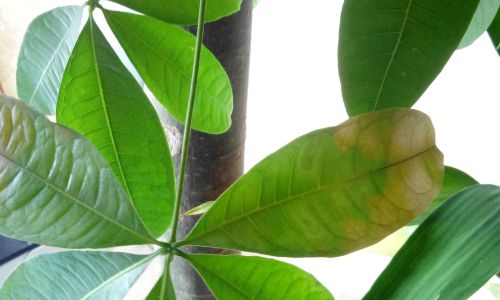
- Increase humidity by misting the leaves daily or placing the pot on a pebble tray filled with water.
- Use a humidifier in dry rooms.
- Group plants together to create a microclimate with higher moisture levels.
Pest Infestations
Common household pests like spider mites, mealybugs, and scale insects can infest Crotons, feeding on sap and weakening the plant.
- Spider Mites: These tiny arachnids create fine webbing and cause yellow stippling on leaves.
- Mealybugs: Cotton-like clusters appear on leaves and stems, sucking plant juices.
- Scale Insects: Hard, brown bumps form on stems, leading to leaf yellowing and drop.
Solutions:
- Inspect plants regularly for pests. Wipe leaves with a damp cloth to remove mites.
- Treat infestations with insecticidal soap or neem oil, ensuring thorough coverage of affected areas.
- Isolate infested plants to prevent spread.
Nutrient Deficiencies or Excesses
Improper fertilization can lead to nutrient imbalances, affecting leaf health.
- Nitrogen Deficiency: Yellowing older leaves and stunted growth.
- Overfertilization: Salt buildup in soil causes leaf burn and drop.
Solutions:
- Feed Crotons with a balanced liquid fertilizer diluted to half-strength every 4–6 weeks during growing seasons.
- Flush the soil periodically to prevent salt accumulation.
Transplant Shock
Repotting or moving a Croton can cause temporary stress, leading to leaf drop.
Solutions:
- Minimize root disturbance during repotting. Use pots only slightly larger than the previous one.
- Avoid repotting during dormant periods (late fall/winter).
Diseases
Fungal or bacterial infections, such as leaf spot or root rot, can cause leaf loss.
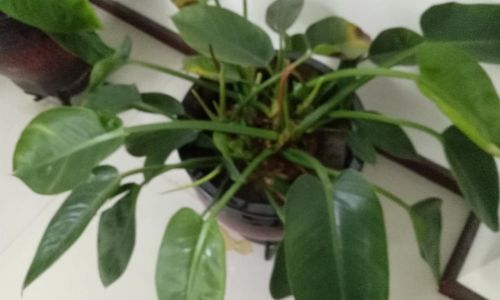
Solutions:
- Remove affected leaves promptly.
- Apply copper-based fungicides for bacterial infections.
- Improve air circulation to prevent moisture buildup.
Natural Aging Process
Older leaves occasionally yellow and drop as part of the plant’s natural growth cycle.
Solutions:
- Prune yellowing leaves to redirect energy to new growth.
- Ensure the plant is otherwise healthy, with new foliage emerging.
Chemical Sensitivity
Crotons are sensitive to chemicals in tap water, fertilizers, or pesticides.
Solutions:
- Use filtered or rainwater for irrigation.
- Avoid over-applying chemicals; opt for organic alternatives.
Conclusion
Leaf drop in Croton plants is often a symptom of environmental stress rather than a death sentence. By methodically evaluating watering, lighting, humidity, and pest issues, gardeners can pinpoint the cause and implement targeted solutions. Patience is key, as Crotons may take several weeks to recover. Regular observation and proactive care—such as maintaining consistent routines, monitoring for pests, and replicating tropical conditions—will ensure these striking plants thrive, rewarding caregivers with their iconic colorful foliage. Remember, a healthy Croton is a resilient one, capable of bouncing back from adversity when provided with the right balance of attention and care.
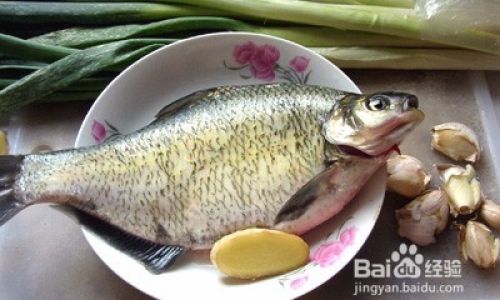
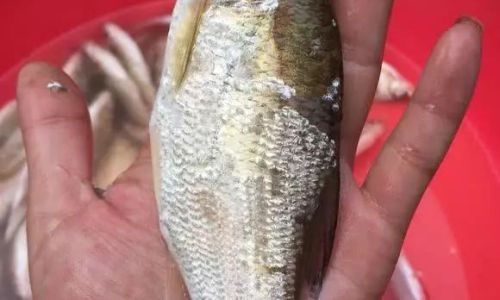

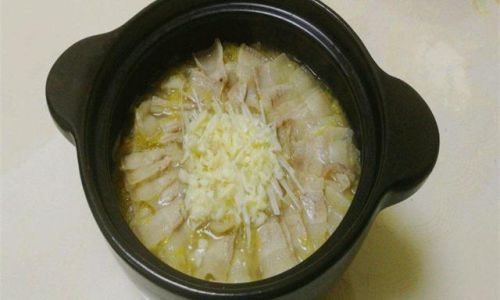


0 comments